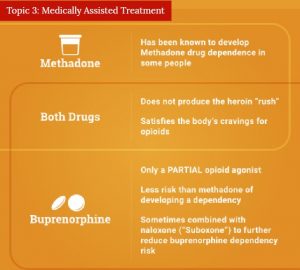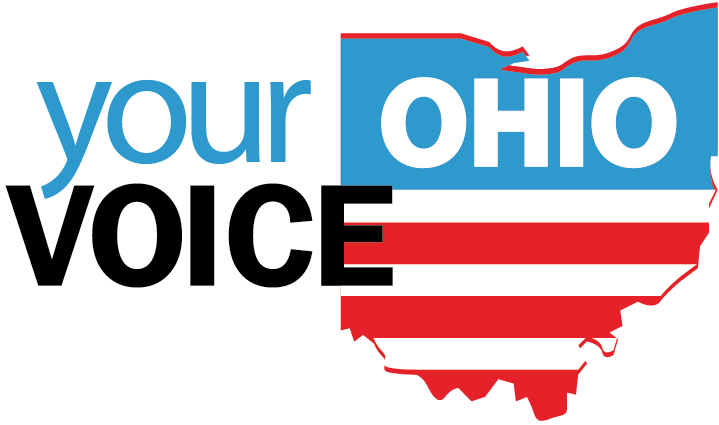Research concerning opioid maintenance therapy in the U.S. began in 1962 when the Health Research Council of New York established a research unit to investigate the feasibility of opioid maintenance. It took several decades before short-acting opioids were eliminated as options for maintenance therapy, and researchers began to focus on methadone. Other medications that have also since been developed include Buprenorphine and Naltrexone. Overall, it has been found that medications for the treatment of opioid use disorder are both clinically and cost-effective.
Methadone: This is the most thoroughly researched medication for maintenance therapy so far. It has been clinically proven to reduce opioid use more than:
(1) no treatment
(2) outpatient treatment without medication
(3) detoxification only
Additionally, methadone has proven to reduce several opioid use related health problems, including HIV/AIDS and is associated with decreased use of more intensive medical services, such as utilization of Emergency Department and inpatient hospital services.
Buprenorphine: Buprenorphine has a similar track record to methadone in success for treating Methadone. It also blocks the “high” of opioids and suppresses withdrawal symptoms as well as curbs cravings. Where Buprenorphine wins over Methadone is in its ability to be prescribed in a physician’s office and it’s reduced risk of overdose.
Naltrexone: Naltrexone is the newest of the three medications; receiving FDA approval in 2010. Just like Methadone and Buprenorphine, Naltrexone also has the ability to block the “high” from opioids. Unlike the others, however, Naltrexone does not have any withdrawal symptoms or potential for abuse. The downside to Naltrexone is the oral version of the drug has been shown to have low retention rates, and its depot injection is the most expensive of the opioid use disorder medications.
Research has shown that Methadone and Buprenorphine are both cost-effective interventions for the treatment of opioid abuse, in the long run. When compared to other opioid treatment interventions, these medications result in “greater improvements at a lower overall cost as well as reduced medical costs related to reductions in hospital inpatient and emergency department visits.”
Our topic next week will be exploring the pro’s and con’s of prescription regulation. To follow our new research and research of our local media partners, sign up for our weekly news roundup.





